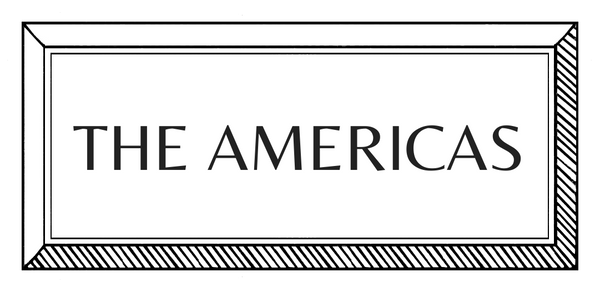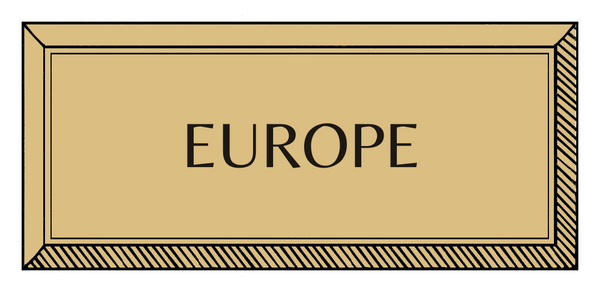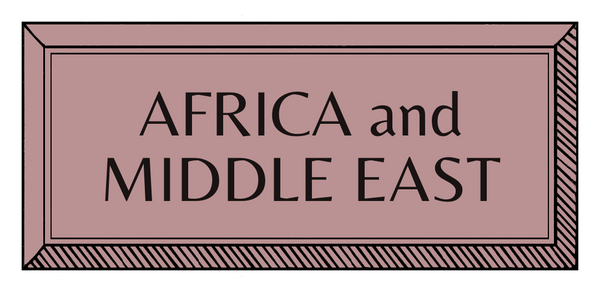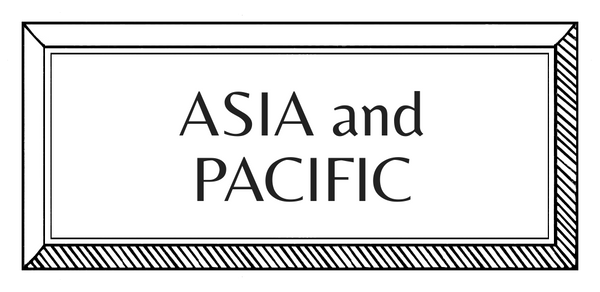MAKERS | THE AMERICAS | PERU | WEAVING
Elvia Paucar | Textile Weaver

Elvia Paucar, a master weaver from the traditional weaving community of San Pedro de Cajas in Peru, carries forward her family's rich legacy. Taught by her father, a Great Master of Peruvian Craftsmanship, Elvia began weaving as a teenager and was among the first women in her town to use the treadle loom. Her tapestries have represented Peru globally, including at the Smithsonian and UNESCO. Committed to preserving traditional techniques, she collaborates with top contemporary designers and artists.
How did you begin?
"I grew up in my father’s workshop, which functioned in our house in San Pedro de Cajas. There, we shared food, joys, duties and life with the weavers that worked alongside him. In this traditional textile craft, the women, like my mother, aunts and older sisters, were dedicated to preparing the wool, while the men weaved in the treadle loom.
"But I always liked getting on the machine. My father had a small one, and when I turned 12, he let me use it. That’s how I started making my own small tapestries. It was about having fun, but I also felt the calling. When my dad died prematurely, I was 24, and I decided to fully get into the work. He had a big workshop, many families of weavers depended on it. And I wanted to continue with his legacy.
How did you learn?
"My mother taught me everything about dying the material with natural plants; my father was my teacher in the loom. While the women carded, spun and dyed, I was in the treadle loom, competing with the men to see who weaved faster. They were surprised, I think, and my father was proud. He always encouraged me: he took my tapestries to the fairs he attended, and that gave me confidence.
"When I finished school, I started studying English and Commercial aviation as my parents wanted me to have a career, but I didn’t finish those studies, and I never stopped helping in the workshop. It was what I loved, and I knew it was more important than anything else. My parents were my teachers, but textiles are a life-long learning. I’ve had the opportunity to visit workshops in China, and practically all of South America. I just returned from a trip to the United States, where I learned about the Navajo textiles. Luckily, the textile world is big and beautiful."
How do you plan, prepare and create?
"The traditional weaving is a complex process. I need the wool to be spun in a puchka, an ancient Andean instrument, a stick, that is used by hand. Not only it gives the desired texture to the material, but it’s a technique that we need to preserve. So, I hire older Andean women to prepare the wool and they do so while watching their sheep or doing other chores.
"They finish one kilo of material in about four days. I travel every two or three months to the Andes and then take back the wool to my workshop in Lima, in big sacks. For my personal work, I weave mostly in the loom that belonged to my father, a fifty-year-old machine. To complete a traditional textile it can take between two weeks, if it’s small, and three months, if it’s big."

What does a typical day look like?
"I have two work spaces: the one in the upper part of my house, where I do my artistic and personal pieces and where I keep my archive, and a bigger workshop where I have eight looms and work with collaborators that come in depending on how many commissions we get. They are all people that I’ve known for years.
"I also weave with my brothers, and nephews and nieces. I’m usually between both places, but I also spend a lot of time in my client’s studios or measuring in-site projects. I’m always moving around."
What are the best and worst things about being a craftsperson today?
"I’m happy doing what I do. The problems are the same that might come up in any type of work, and you just have to solve them. I believe that textile art is having a very good moment worldwide. And regarding Peruvian textiles, I see that they are highly valued, both internationally as well as locally. This is because we keep using ancestral techniques, so that is something we should never loose.
Who or what most influences your work?
My parents are my great inspiration and I’ll always thank them.
One More Thing... The music you listen to while you work?
Eighties rock. It’s the music I listened when I was younger, those were the years when we moved to Lima. I like listening to something energetic while I’m working.
Interview by Rebeca Vaisman
Images courtesy of Elvia Paucar and Ruraq Maki






































